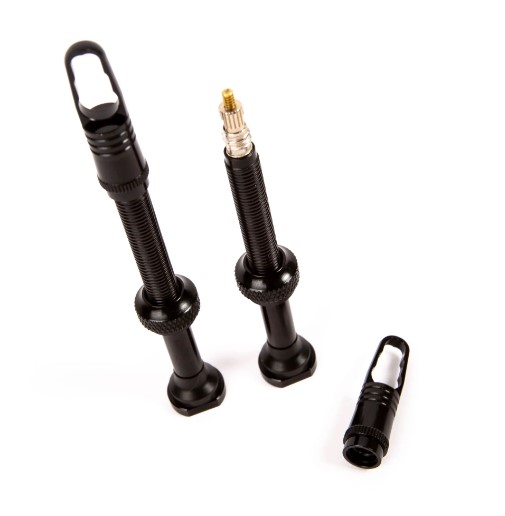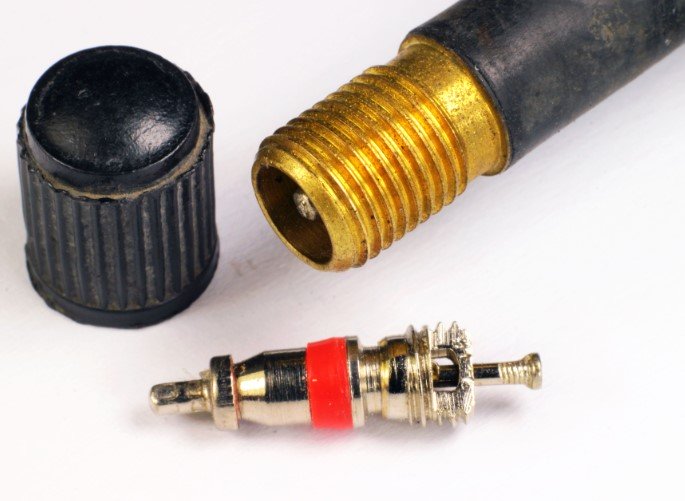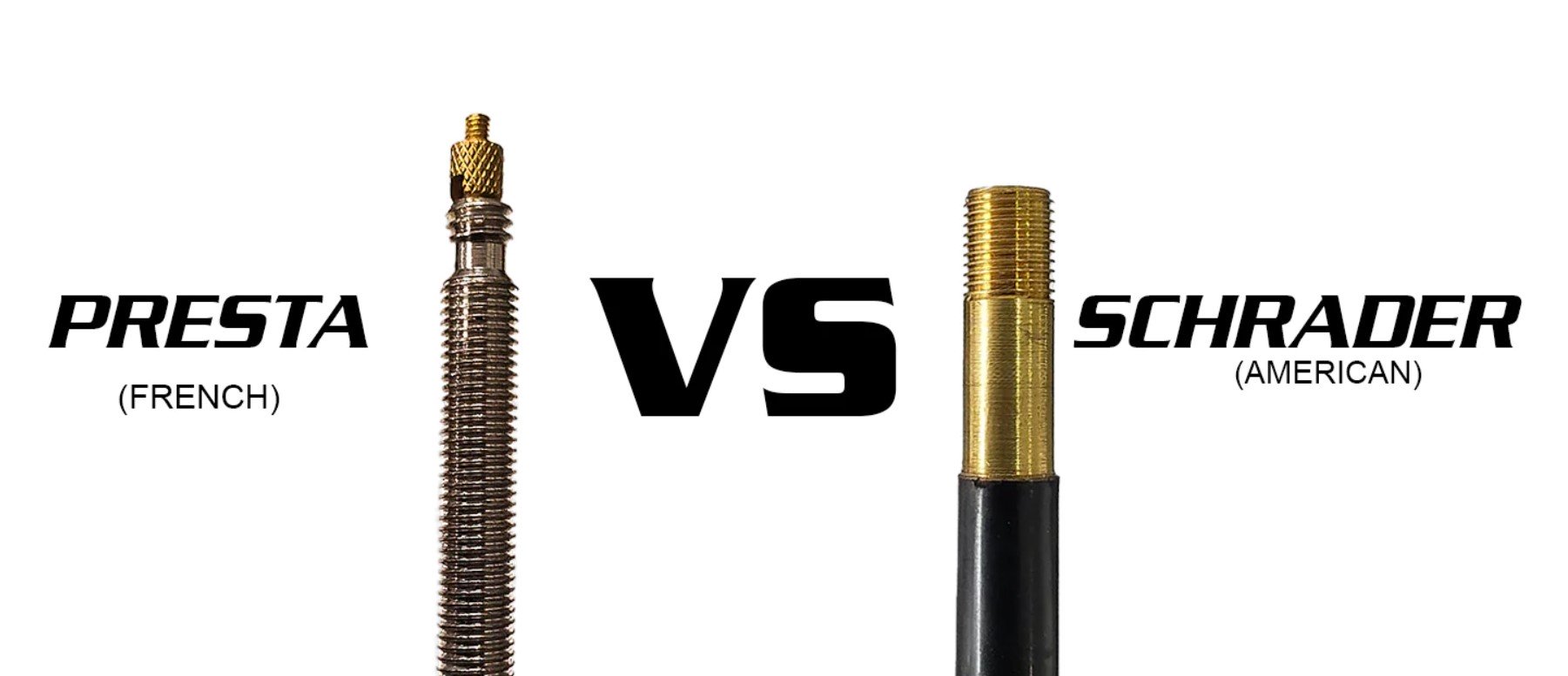Welcome to the definitive guide on “Presta vs Schrader: Navigating the World of Bicycle Valves.” In the dynamic world of cycling, the choice of tire valves significantly influences your riding experience. Presta and Schrader valves, each with their unique features, cater to different cycling needs and preferences. Understanding the differences between these two can enhance your performance and safety on the road. This comprehensive post delves into their characteristics, functionalities, and suitable applications, helping you make an informed decision for your cycling adventures.
| Feature | Presta Valve | Schrader Valve |
|---|---|---|
| Design | Slender, elongated | Shorter, thicker |
| Rim Hole Size | Smaller | Larger |
| Air Leakage Prevention | Locking mechanism | Spring-loaded mechanism |
| Inflation/Deflation Speed | Slightly slower | Faster |
| Pump Compatibility | Specific Presta-compatible pumps or adapter | Standard air pumps |
| Common Applications | Road bikes, high-performance bicycles | Mountain bikes, hybrid bikes, children’s bicycles |
| Pros | Efficient, precise, maintains consistent tire pressure | Durable, easy to use, compatible with standard pumps |
| Cons | Requires specific pumps or adapter, slightly slower inflation/deflation | Larger rim hole can compromise rim strength, spring-loaded mechanism may not prevent leakage as well as Presta valves |
Presta Valves: The Sleek and Efficient Choice

Presta valves, a hallmark of sophistication in the cycling world, are specifically designed for road bikes and high-performance bicycles. Their slender, elongated shape allows for a smaller rim hole, which not only maintains the rim’s structural integrity but also minimizes the risk of damage during rigorous rides. What sets Presta valves apart is their unique locking mechanism. This feature is super important in preventing air leakage, thus maintaining consistent tire pressure, a critical factor in high-speed cycling. Their efficient design translates into enhanced performance, making them a preferred choice for professional cyclists and enthusiasts who prioritize speed and agility.
Schrader Valves: The Wider and More Common Option

In contrast to the sleek Presta, Schrader valves boast a more robust and versatile design. Their shorter and thicker build is a common sight on mountain bikes, hybrid bikes, and children’s bicycles. One of the key advantages of Schrader valves is their compatibility with standard air pumps, making them a more accessible option for the general public. This wider compatibility is particularly beneficial for casual riders or those who do not want the hassle of carrying specialized equipment. Additionally, the larger diameter of Schrader valves allows for quicker inflation and deflation of tires, a convenient feature for everyday cycling needs. Their practicality and ease of use make Schrader valves a popular choice among a wide range of cyclists.
Comparing Presta and Schrader Valves: A Detailed Breakdown

When comparing Presta and Schrader valves, it’s super important to consider various aspects such as design, functionality, and suitability for different types of bicycles. Here’s a detailed breakdown:
- Valve Design:
- Presta: Characterized by their slim and elongated form, Presta valves are designed for precision and efficiency. This design is particularly advantageous for road bikes where aerodynamics and minimal weight are paramount.
- Schrader: Schrader valves are shorter and thicker, a design that lends itself to durability and ease of use. This makes them ideal for mountain bikes and everyday bicycles where ruggedness is more important than aerodynamic efficiency.
- Rim Hole Size and Structural Integrity:
- Presta: The smaller rim hole required for Presta valves aids in maintaining the strength of the wheel, which is super important for high-speed cycling and rough terrains.
- Schrader: The larger rim hole for Schrader valves can be a disadvantage for narrow rims as it may compromise the rim’s strength. However, this is rarely an issue for the types of bikes that typically use Schrader valves.
- Air Leakage Prevention:
- Presta: The locking mechanism on Presta valves is a significant advantage, providing a secure seal that prevents air leakage and ensures consistent tire pressure.
- Schrader: Schrader valves rely on a spring-loaded mechanism, which, while effective, might not provide the same level of leakage prevention as Presta valves.
- Inflation and Deflation Speed:
- Presta: While they offer precision, Presta valves can be slightly slower in inflating and deflating due to their narrow design.
- Schrader: The broader design of Schrader valves allows for faster air flow, making them quicker to inflate and deflate.
- Pump Compatibility:
- Presta: These valves require specific Presta-compatible pumps or a valve adapter, which might be a consideration for those who need to carry a pump.
- Schrader: Their compatibility with standard air pumps is a significant advantage for Schrader valves, especially for casual riders or in emergency situations.
- Common Applications:
- Presta: Ideal for road bikes and high-performance bicycles where every detail for efficiency and performance counts.
- Schrader: Suited for mountain bikes, hybrid bikes, and children’s bicycles, where convenience and durability are key.
Making the Right Choice: Presta vs Schrader
Choosing between Presta and Schrader valves ultimately boils down to your specific cycling requirements and preferences. If performance, durability, and maintaining consistent tire pressure are your priorities, Presta valves are the go-to option. Their design is tailored for high-efficiency cycling, making sure you get the most out of your ride. However, if convenience, ease of use, and compatibility with standard pumps are more your style, then Schrader valves are your best bet. They are particularly well-suited for casual riders, children’s bikes, or those who prefer the practicality and ease of a more common valve type.
Conclusion
Presta and Schrader valves each play a really key role in the cycling world, for diverse needs and preferences. Whether you lean towards the sleek efficiency of Presta valves or favor the convenience and robustness of Schrader valves, understanding their unique characteristics allows you to make a choice that aligns with your cycling style and needs. By considering the factors outlined in this guide, cyclists can make an informed decision that enhances their riding experience. Remember, the right valve can make a significant difference in your cycling performance and enjoyment.
For more insights into the world of cycling and to explore the best bike parks that suit your newly acquired knowledge of bicycle valves, visit Best Bike Parks at https://bestbikeparks.com/. Here, you’ll find a wealth of information and resources to further enhance your cycling journey.







